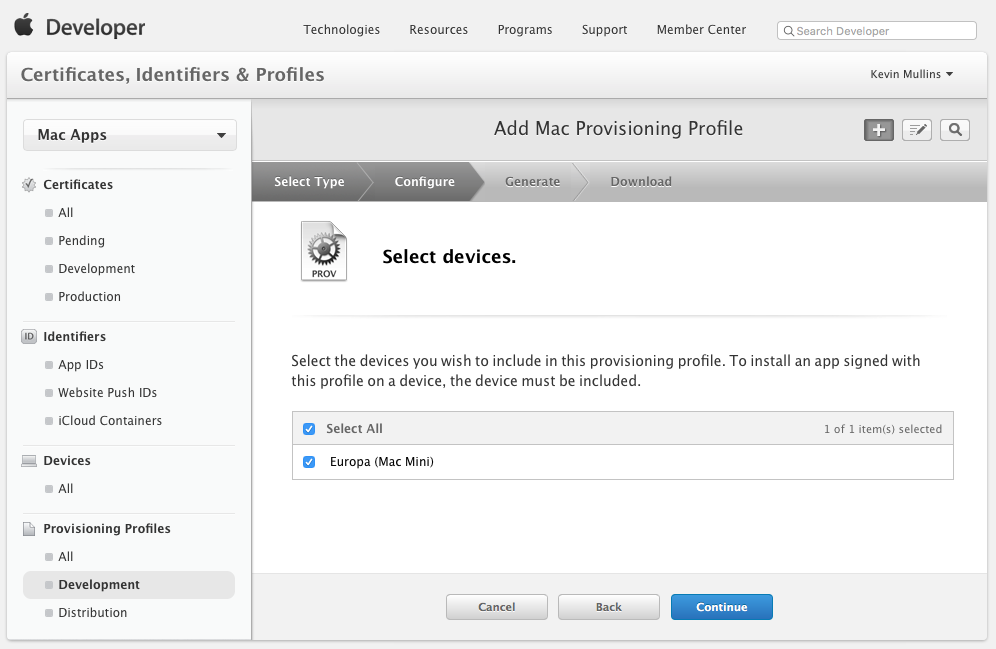Sandbox Program For Mac
ToolWiz Time Freeze – Keep Your System Safe. Download ToolWiz Time Freeze if you want to. App Sandbox provides protection to system resources and user data by limiting your app’s access to resources requested through entitlements. To distribute a macOS app through the Mac App Store, you must enable the App Sandbox capability.

- The app sandbox is meant to keep users safe from apps that contain malicious code or contain vulnerabilities that an attacker can exploit for malicious purposes. The sandbox protects users’ assets from damage or theft. Apple mandates app sandboxing in iOS app development and strongly recommends it, though doesn’t require it, for macOS apps.
- Without Sandbox Traditionally Mac Apps do not have Sandbox, developers have full access to all the resources in the computer. For instance, one could store and read files from any location.

Sophos has released the Sandboxie source code to the community.
Sandbox Program Virtual Machine
To download this release please visit the open source project on GitHub here.


FAQ on this announcement
- Will a Sophos pre-compiled version still be made available by Sophos?
The latest version of Sandboxie (Win 7, 8.1 and 10 only) is available here. Alternative downloads: 32-bit only or 64-bit only. This is the last version of Sandboxie that Sophos will make available to the community and no further updates will be made to it. All restricted features have been made completely free in this version. Any further improvements to Sandboxie will need to be made through the open source community. - What will happen to the forums?
Sophos has closed their forums. A new independent Sandboxie thread has been started on Wilders Security Forums by the open source community. - What will happen to the existing license server?
The license server has now been closed down. We have removed any checks against the license server since the 5.31.1 release. Please upgrade to the latest release in case you encounter any licensing issues. The open source release has also no code to check the license server. - What will happen to the Sandboxie website and available downloads?
We are winding down this website to a single landing page and expect to close the website in due course.
Sandbox Mac Apps
FAQ on the open source release
- How do I compile the code?
There are 3 steps to building Sandboxie:- Compile the source code
- Sign the generated binaries (optional for most things but required for the driver)
- Create the installer (optional but useful for initially performing tasks like installing the service and driver)
To start with there is a Readme.txt file in the root of the source code.
The main piece of source that is needed to compile the code is Microsoft Visual Studio 2015. (The Community Version may build the source code but be advised that there are restrictions on the use of the binaries generated by this version). There is a dependency on the Microsoft Windows Device Driver Kit 7.1.0 (link has been provided in the Readme.txt file).
There is a separate Readme.txt located in the /install/ folder for building the installer. This contains additional requirements to set up.
- Does the Sandboxie Source Code come with pre-compiled code?
No, Sandboxie can be compiled entirely from source code with very few dependencies. - Are there any restrictions to using the source code?
We are releasing the source code under the GPL v3 license (https://www.gnu.org/licenses/gpl-3.0.en.html) - How do I start studying the source code?
Start with the Readme.txt file at the root. There is a little more explanation of each of the different projects in the source code. - Do I need to sign my drivers?
Yes, Microsoft requires that all drivers are signed. This requires purchasing a validated certificate from a Certificate Authority who normally will vet the individual/company that they are issuing too. Since Windows 10, Microsoft also requires that all drivers be submitted to them through their hardware development portal so that it can be validated and signed by them.
For testing purposes, it is possible to create a self-signed certificate and use that to sign your driver locally. Windows still need to run in what is called Test Signing mode in order to accept this form of signed driver.
It is beyond the scope of this document to describe how to sign the binaries but there are plenty of resources online to help with this.
- Can I avoid signing the driver?
If you use a version of the driver that is already signed, it is possible to update other components and drop in files as replacements. The only condition is that the “Version” associated with the SbieSvc project (see commonmy_version.h) matches the driver version.